Archaeologists from the University of Manchester and the University of Sadat City, Egypt, uncovered the ancient Egyptian city of Imet, buried under Tell el-Fara’in—also known as Tell Nabasha—in the eastern Nile Delta.
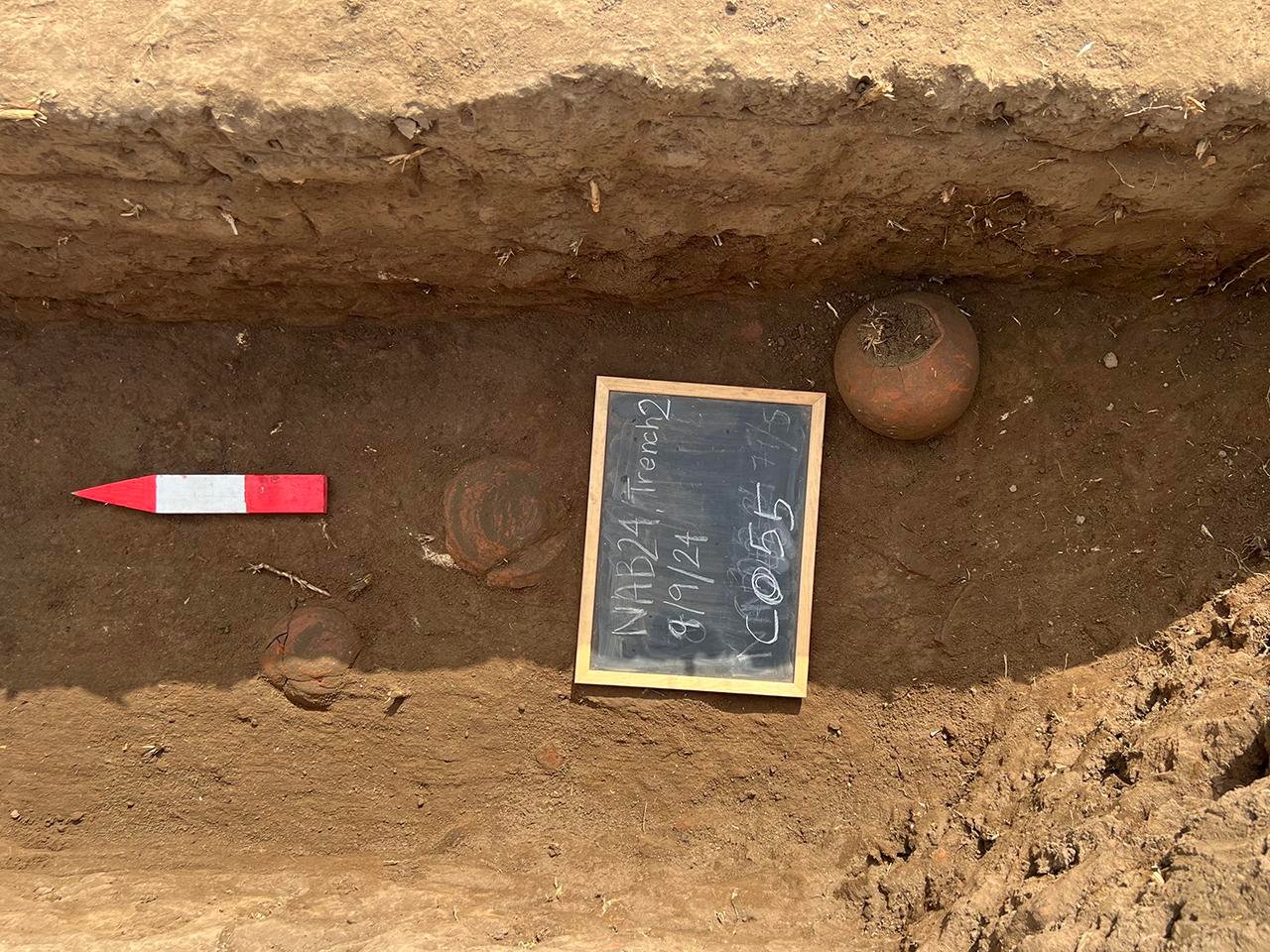
The excavation, led by the University of Manchester’s Dr. Nicky Nielsen, used a combination of high-resolution satellite imaging and traditional archaeological fieldwork to uncover a thriving urban center dating from around the 4th century BCE.
Dr. Nielsen said that Imet is “emerging as a key site for rethinking the archaeology of Late Period Egypt.” His team identified concentrations of architectural features using satellite imagery—clusters of mudbrick architecture—before excavation uncovered a vast and remarkably preserved cityscape.
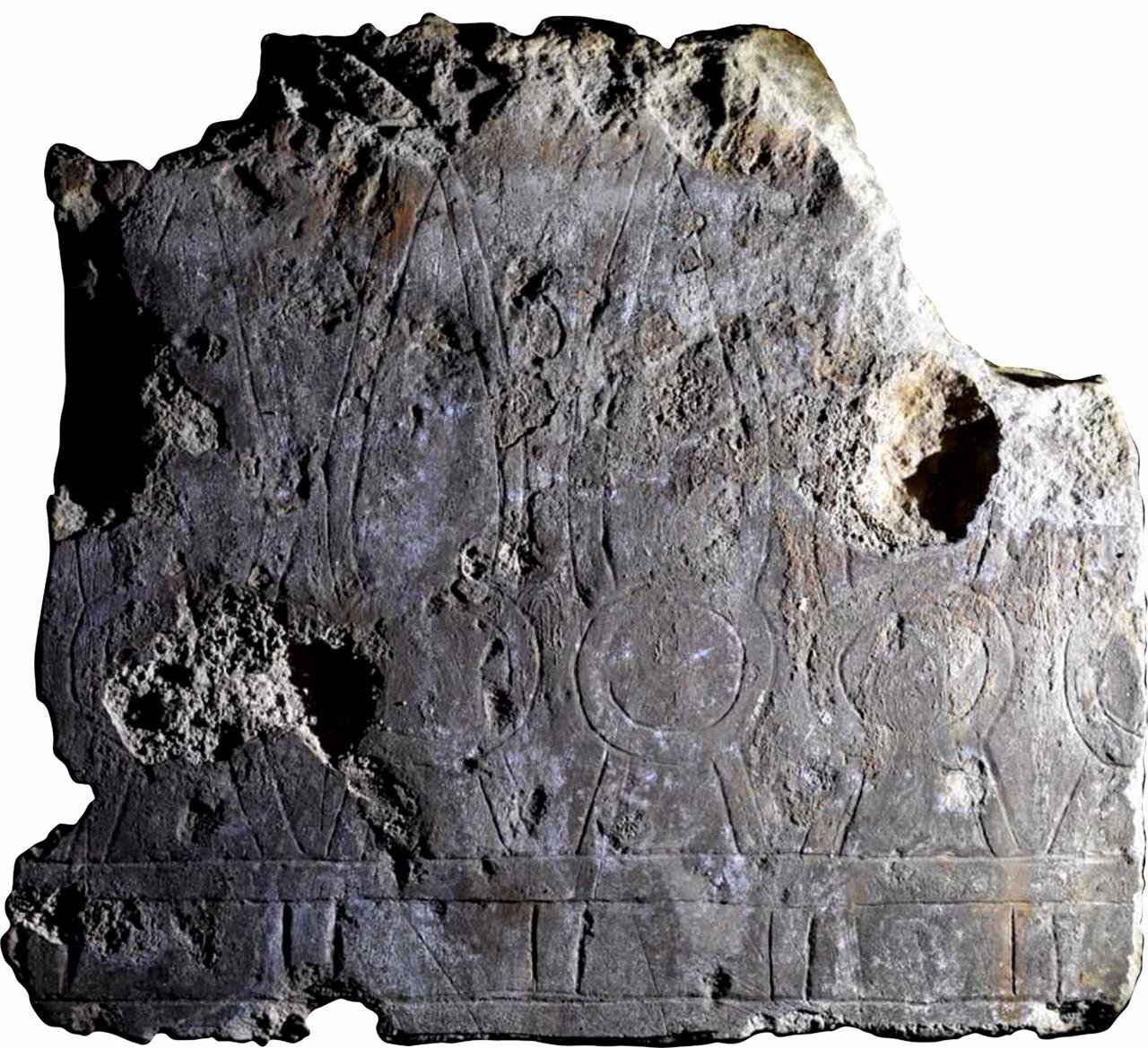
One of the most important architectural finds is a collection of multi-story ‘tower houses’ built on thick foundations. “These tower houses are mainly found in the Nile Delta between the Late Period and the Roman era, and are rare elsewhere in Egypt,” said Dr. Nielsen. “Their presence here shows that Imet was a thriving and densely built city with a complex urban infrastructure.”
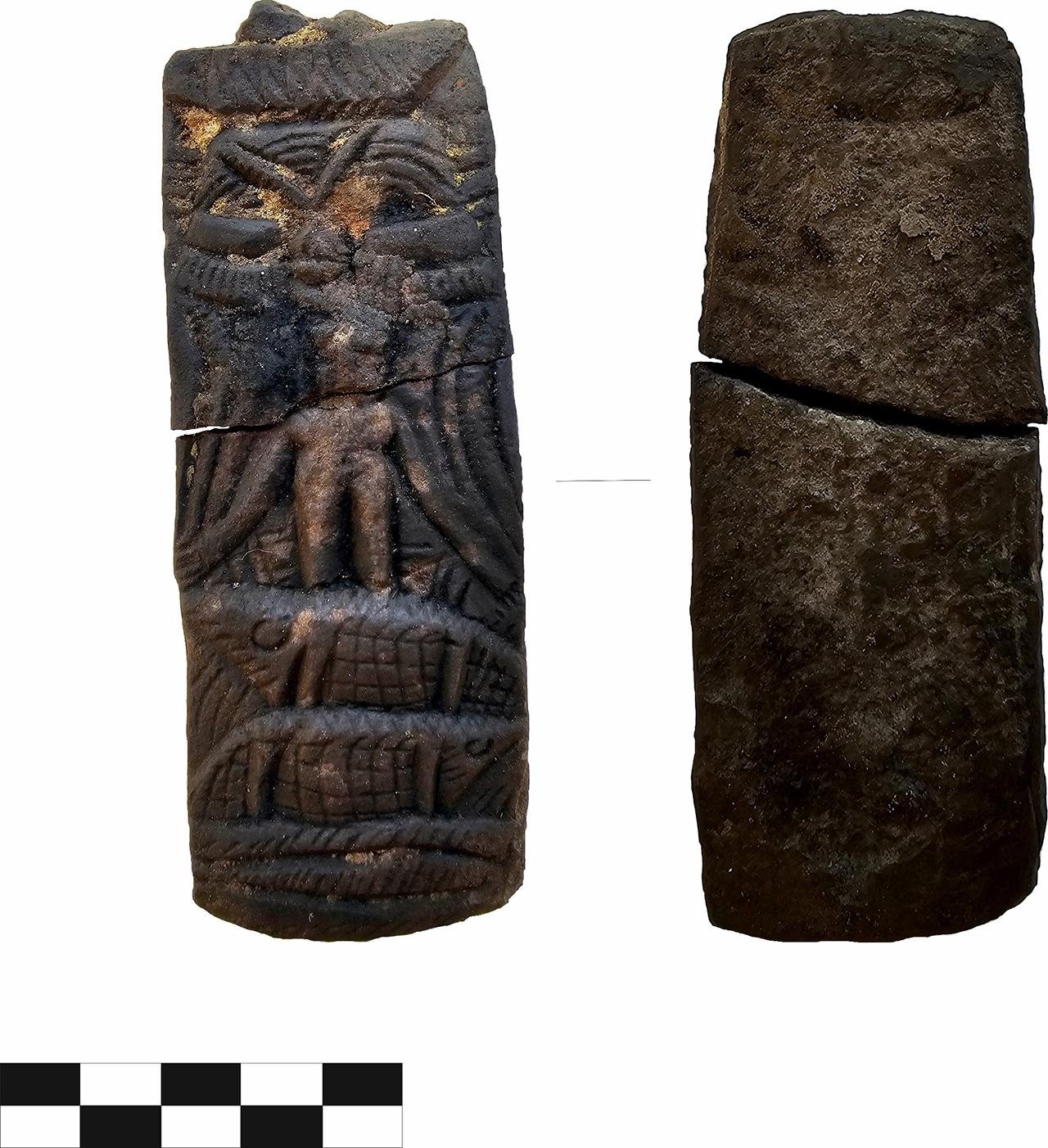
The archaeologists also uncovered a paved grain-processing space, animal enclosures, and a large mid-Ptolemaic Period ceremonial building. The structure was constructed over a now-defunct processional road that led to the temple of Wadjet, the city’s patron deity and a symbol of protection in Lower Egypt. The abandonment of this structure reflects a change in religious practices in the Ptolemaic Period.
Site finds give a glimpse into everyday life and religious culture up close. Among the treasures is a 4th-century BCE cooking vessel with the remains of a tilapia fish stew inside, which was discovered still sitting on its ancient hearth.
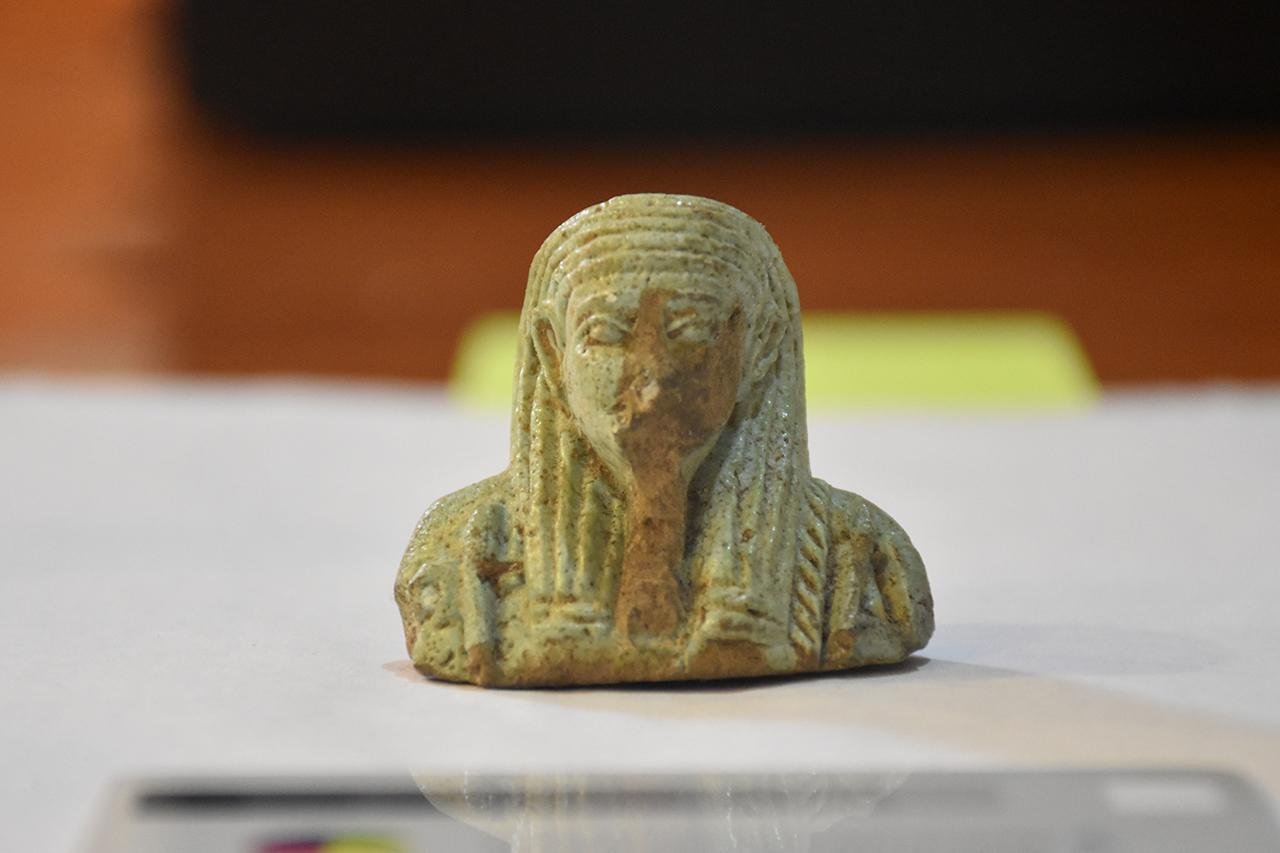
Among the ritual artifacts unearthed were a green faience ushabti figurine of the 26th Dynasty, thought to serve as a servant for the deceased person in the afterlife; a bronze sistrum, an ancient musical instrument, decorated with twin heads of the goddess Hathor; and a stela of the god Harpocrates, standing on top of crocodiles with the protective form of the god Bes above him. These objects show “a rich spiritual culture,” Dr. Nielsen said.
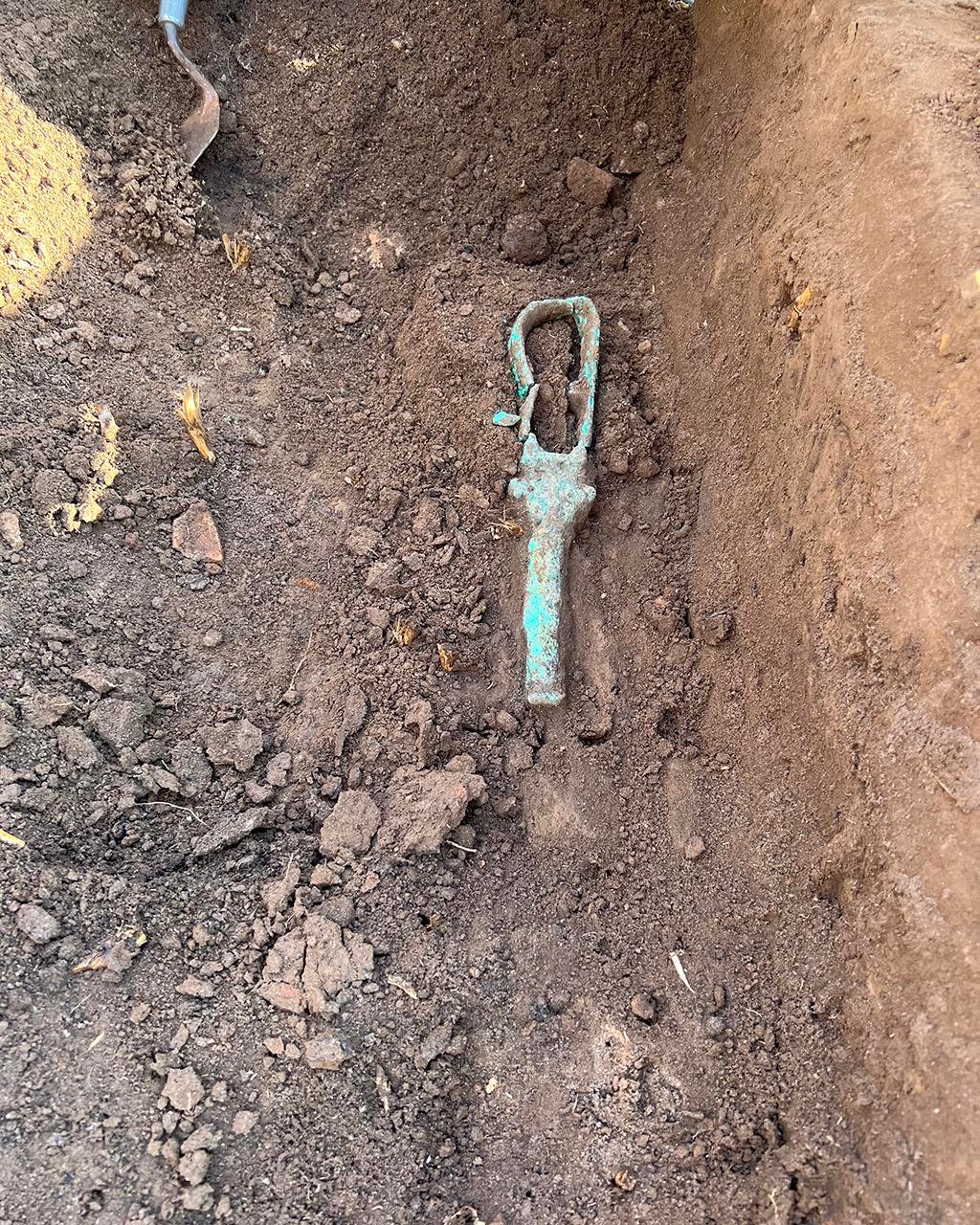
According to the University of Manchester, their involvement “continues to shape global narratives of Egypt’s forgotten cities, bringing the ancient Delta back into view one discovery at a time.” The rediscovery of Imet not only redefines urban evolution in the ancient Egyptian Delta but also enhances our knowledge of how its shifting religious landscapes and daily human lives changed.
More information: The University of Manchester



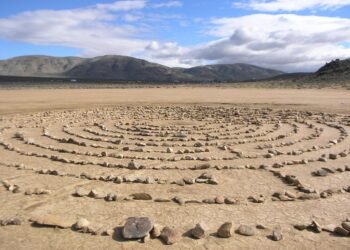
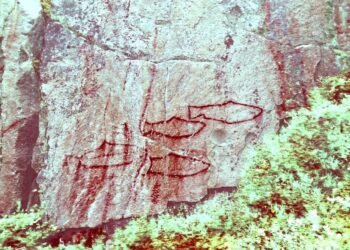
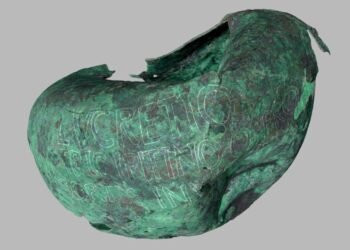
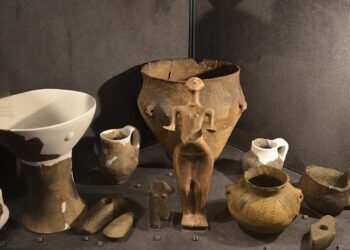

















Disclaimer: This website is a science-focused magazine that welcomes both academic and non-academic audiences. Comments are written by users and may include personal opinions or unverified claims. They do not necessarily reflect the views of our editorial team or rely on scientific evidence.
Comment Policy: We kindly ask all commenters to engage respectfully. Comments that contain offensive, insulting, degrading, discriminatory, or racist content will be automatically removed.
Really got too Riley on evidence